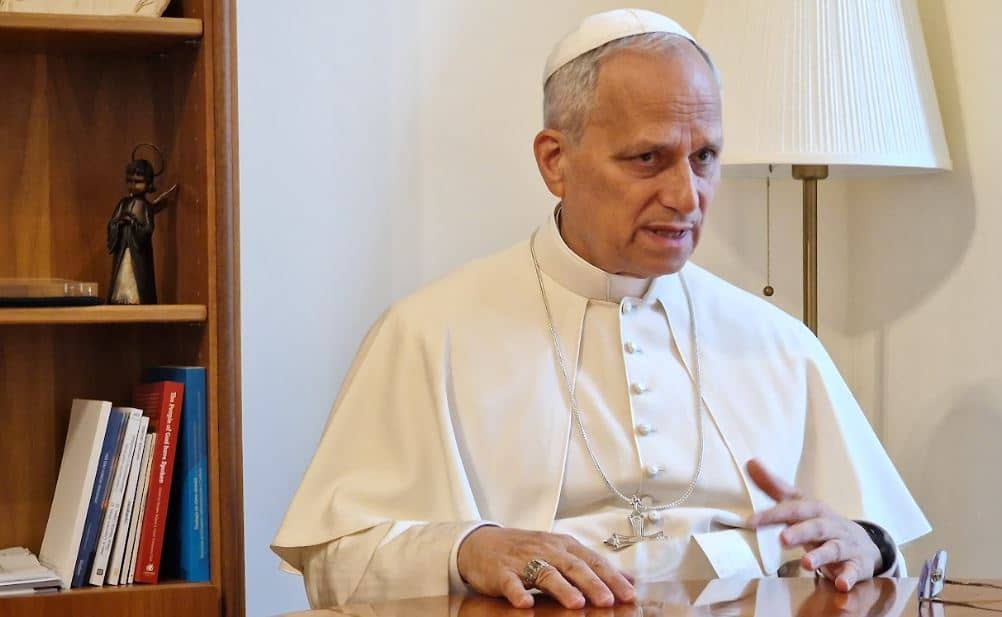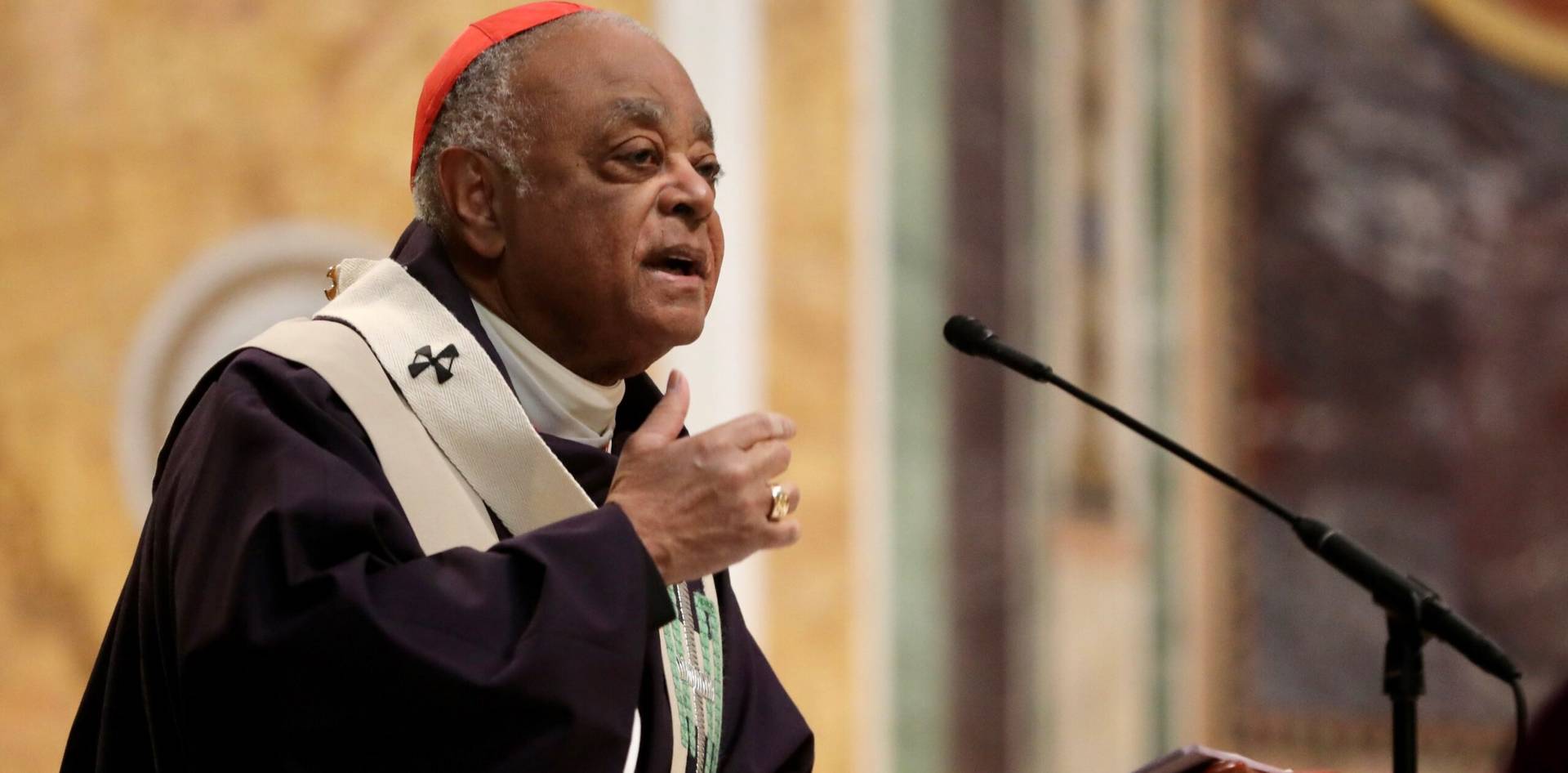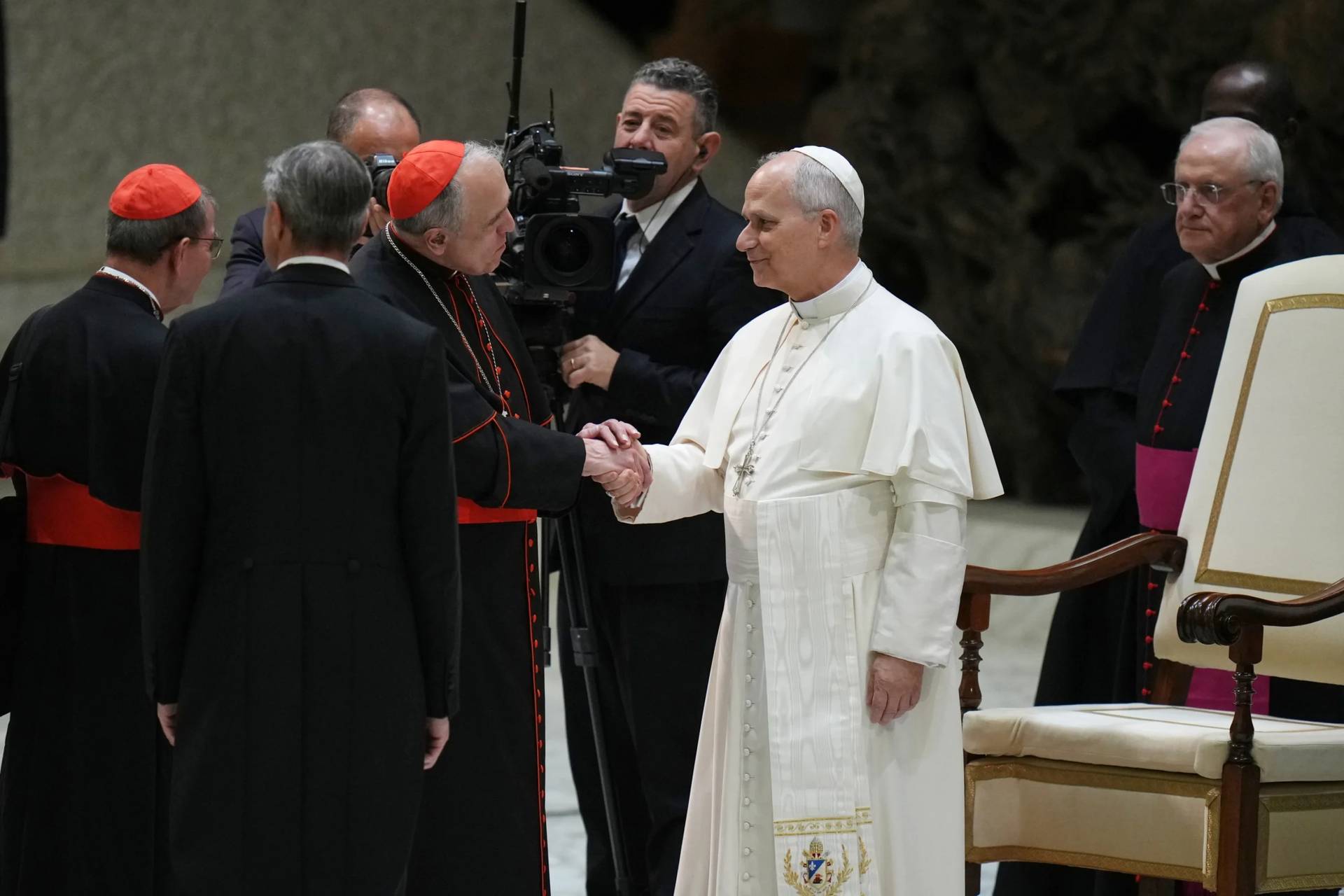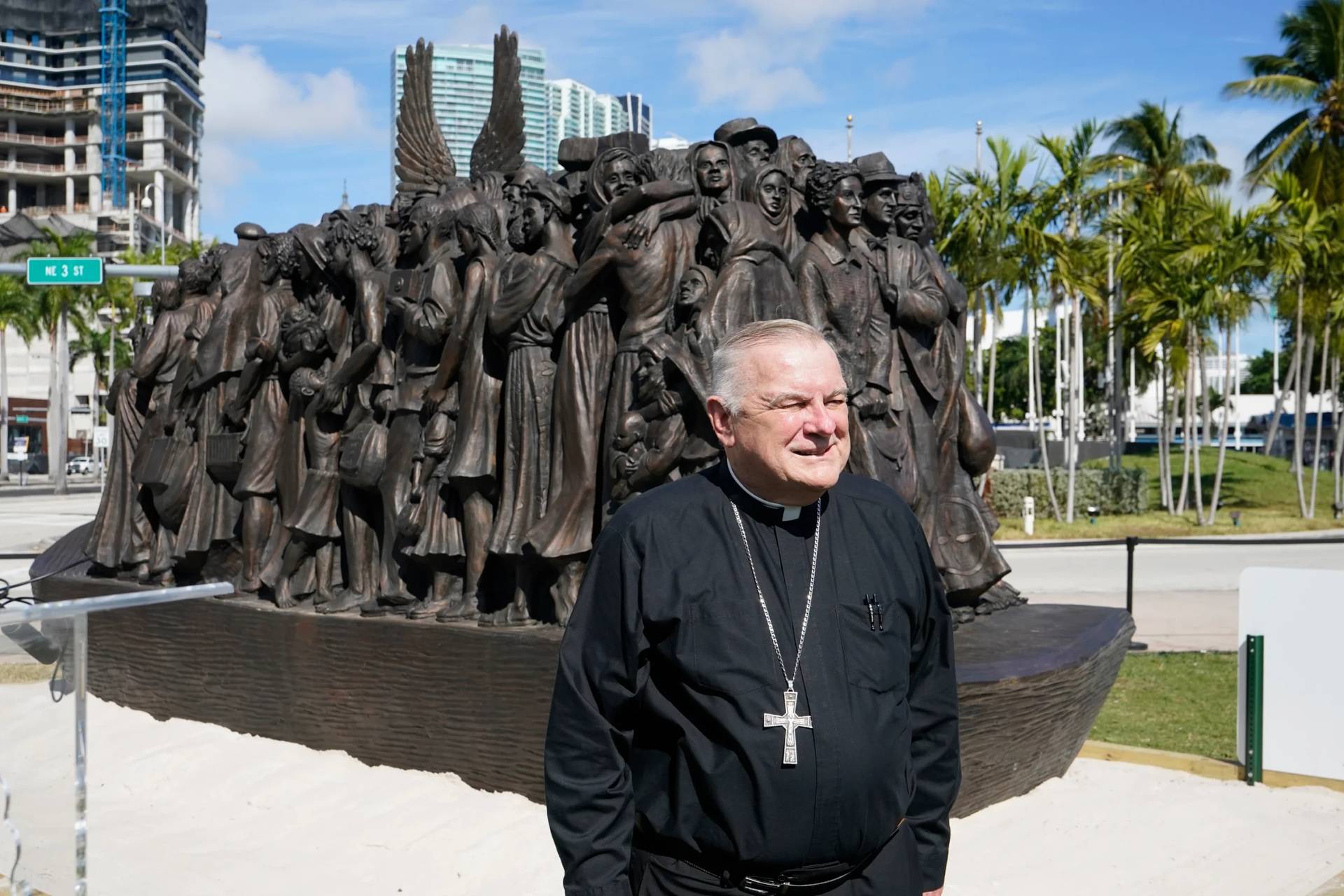[Editor’s Note: Brett Salkeld is Archdiocesan Theologian for the Archdiocese of Regina in Canada. He is responsible for deacon formation. His latest book, Transubstantiation: Theology, History, and Christian Unity was published this year. He spoke about it with Charles Camosy.]
Camosy: It must have been something to have a book on Transubstantiation coming out around the same time Pew found that about a third of U.S. Catholics believe in it. What was your reaction to these numbers?
Salkeld: Yeah, I joke that I had an inside guy who managed to rig this so that the findings came out just in time to promote the book! As bad as the news was in itself, I couldn’t complain about the timing.
But that aside, the numbers are interesting. My first thought was to look at the breakdown and, sure enough, there is a significant difference between mass-attending Catholics and those who don’t regularly attend. I don’t know many people who would be too surprised that people who don’t prioritize going to Mass don’t know the true depth of what happens at Mass! Of course, that’s still a problem, but it’s hardly shocking.
I also wanted to look at the wording of the question itself. Sure enough, it is not very satisfying from a theological point of view. It doesn’t use the familiar language of Catholic theology or piety (e.g., real presence). But more concerning, it seems to posit a false dichotomy between symbol and reality that is foreign to Catholic sacramental theology. Other surveys using other methods (e.g., simply asking Catholics if they believe in “real presence” without pitting a more “symbolic” reading against it) have come up with pretty different findings.
Nevertheless, it is not a complete surprise that lots of Catholics struggle with (or flatly reject) the idea that Jesus Christ is substantially present, body, blood, soul and divinity, in the elements of bread and wine at Mass. I mean, this is not an intuitive or easy thing. Most of us do not even live in a world where that is a meaningful kind of claim to make. Some of us know we’re supposed to believe it anyways, as good Catholics, so we knuckle down and believe hard. But we might have trouble integrating that belief into the rest of our life and faith.
So I think there is a bigger question in the background about a Catholic worldview – a worldview in which God is the transcendent creator of all, who makes things to be what they are by his Word, who joins us in the Incarnation, and is present to us in the Eucharist until he comes again in glory. This actually doesn’t jive very easily with the other narratives that are prominent in our culture. If the bad news is that our faith in the Eucharist suffers because it is so foreign to our normal approach to reality, the good news is that the Eucharist itself is an antidote to that “normal” approach. Catholics who do know and experience Christ in the Eucharist are given new lenses that help them to see through some of the false narratives, like materialism or consumerism, that dominate modern life.
Do you think your book would be of interest to pastors and other ministers to this group of Catholics?
I certainly hope so! One of the key things about transubstantiation is that it is so widely misunderstood and misrepresented. Very often what people reject is not the Church’s teaching itself, but some misapprehension of it. I myself started working on this topic because I was made aware, in a class in grad school, of how inadequate my own understanding was. I had imagined that Christ’s presence, to be really real, had to be more or less physical. But that led to all kinds of awkward problems. I didn’t have very good answers to Protestant friends who asked things about how the Eucharist is implicated in human digestion (particularly the final stages of it), or how Jesus didn’t “run out of body” long ago. Ad hoc rationalizations like “Jesus could unconsecrate a host to preserve himself from indignity” or “God could keep creating more body for Jesus as we consume him” are pretty embarrassing in hindsight, but I am hardly alone. Lots of people can tell the story of how they were taught not to bite the host because it would hurt Jesus.
Transubstantiation actually developed historically as a very satisfying apologetic solution to the problem of how to relate “reality” and “symbol” in the sacrament of the Eucharist. It manages to articulate a presence that is really real, but not physical in the sense I describe above.
I hope my book helps make that very clear. But in doing that, it also witnesses to the larger Catholic worldview I mentioned in the previous question. Transubstantiation is a witness to a world created and held in existence by a loving God, a world God is transforming through Christ. So part of what I hope pastors and other ministers would get from the book is a way of speaking about the Eucharist that links it to a broader Catholic worldview that is beautiful and compelling.
A major aim of your book, however, is Christian unity. What is your sense of how much this kind of disagreement is at the heart of the Protestant/Catholic divide?
So, one of the things I do at the beginning of the book is to try and parse just what “kind of disagreement” we’re dealing with here. It is fascinating that, while the Reformation rejected transubstantiation with virtual unanimity, only a minority rejected real presence. Indeed, in the whole history of the Church, it is hard to find a more fervent devotee of Christ’s Eucharistic presence than Martin Luther.
Nevertheless, Catholics and Protestants have been given to believe that the problem of transubstantiation is a nearly insurmountable obstacle to unity. The doctrine has come to function as an identity marker as much as anything else. Catholics who don’t know what it means insist that Protestants need to believe in it. And Protestants who don’t know what it means insist Catholics need to reject it.
Now, identity markers can be huge issues in ecumenical relations. Much ecumenical work is clearing up the kinds of misunderstandings that follow from treating doctrines this way. That doesn’t mean there are no real differences. It just means that we can more clearly identify what the real differences are. And once that is clarified, we can really challenge one another in ways that are much more likely to be productive.
But there’s more. One of the key questions of ecumenical dialogue is “What is the heart of the divide between Catholicism and Protestantism?” A careful study of any key dividing doctrine, like transubstantiation, will always cast light on such a question. And resolution, even partial resolution, will have implications for that bigger question.
Like many ecumenists, I would place the question of ecclesiology (the nature and role of the Church) at the center of our disagreements. And the question of the Eucharist is deeply connected with ecclesiology. The fact that we call both the Eucharist and the Church “the body of Christ” highlights this intimate connection.
One of the ways I try to find common ground between Catholics and Protestants in the book is by highlighting the ecclesiological significance of transubstantiation in the work of St. Thomas Aquinas. This is an element of our heritage that is not a matter of dispute or polemic between Catholics and Protestants, but is largely overlooked. Finding those elements can often help contextualize our understanding of the details on which we disagree. When we can see that the intention behind certain articulations is not so far from our own intention, we can read those articulations with more sympathy. That is a lot of what I try to achieve in this book.
You make an interesting set of distinctions between Martin Luther and John Calvin on the Lord’s Supper. Indeed, you devote one of the four chapters of the book to each. What would you say is the most fundamental or interesting distinction?
Just one? OK, here goes. The philosophical category of “substance,” which had served Thomas so well in his articulation of transubstantiation had come to mean something quite different by the time of the Reformation. Indeed, I argue that, because of this shift in meaning, what Luther, Calvin, and all the rest rejected when they rejected transubstantiation is something Thomas Aquinas himself would have rejected. Substance, being that which is present not to the senses but to the intellect, had allowed Thomas to talk about something that was really very real, but was nevertheless mediated through symbol (like all sacraments) and therefore not physical in the usual sense of that word.
When substance lost this function, transubstantiation lost its coherence. Luther and Calvin both rejected transubstantiation, but then attempted their own doctrines of Eucharistic presence with other conceptual categories. For various reasons, I don’t think their categories served them as well. Luther’s articulation insisted strongly on real presence, but sometimes lost the handle on the sacramental mode of that presence. Calvin, when he fell off balance, fell the other way, sometimes losing the handle on the reality of the presence itself.
I actually end up arguing that transubstantiation would help both Luther and Calvin to articulate what they were clearly striving to say in their own doctrines of real presence, and that it could even help Lutheran and Reformed Christians to come to agree with one another on something which has divided the heirs of the Reformation almost since the beginning.
I did not imagine myself writing something like that when I started the book, but as I did the research it seemed more or less unavoidable. Despite its reputation as a Catholic identity marker that Protestants must reject, I believe that transubstantiation is actually a doctrine with immense ecumenical potential. I was actually quite shocked by the boldness of my own conclusion as I wrote it.
This is a very hopeful book. Can you say a bit about what most gives you hope amidst these debates?
I’m glad you think so! I think it is a hopeful book too!
What became clear to me as I read Luther and Calvin is just how much we are all trying to say the same thing. Now, I critique Luther and Calvin, because I think that despite their best efforts, they sometimes do not achieve their goals. But I am able to offer the critique as a fellow Christian who believes Christ wants to be with us and give himself to us in the Eucharist.
I find that when our goal is to prove one another wrong, we get mired down. But if our goal is to help one another say what is really true, we can do a lot. That implies pointing out where we feel the other is struggling to say what is true, but that is a different kind of critique than one that presumes the other is trying to say something false.
Because he believed that human beings are made for truth and are almost always trying to say true things, Thomas Aquinas always sought the truth in what his opponents were saying. That did not make him naïve or uncritical. Instead it made him more capable than most of getting to the heart of the matter. And that is a very hopeful way to approach difficult questions. I like to think that I read Luther and Calvin not only in light of Thomas’s teaching on the Eucharist, but in light of his method for seeking truth even in the articulations of those with whom he might disagree.
Crux is dedicated to smart, wired and independent reporting on the Vatican and worldwide Catholic Church. That kind of reporting doesn’t come cheap, and we need your support. You can help Crux by giving a small amount monthly, or with a onetime gift. Please remember, Crux is a for-profit organization, so contributions are not tax-deductible.
















